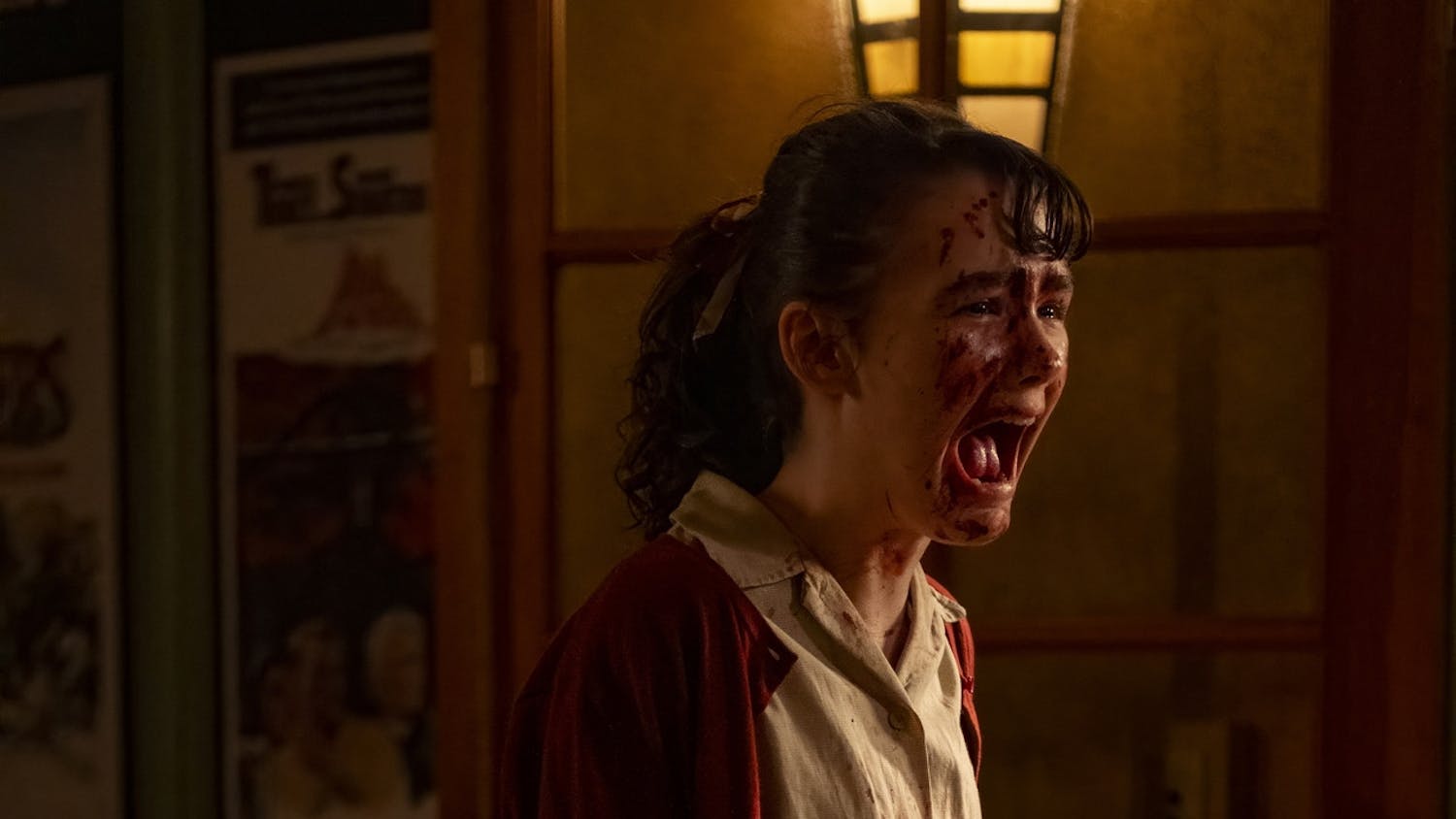Wes Anderson is famous for his eccentric style, zany characters and the colorful aesthetics spanning his filmography. His adaptation of Roald Dahl's "The Wonderful Story of Henry Sugar" is no exception.
Anderson breaks cinematic barriers throughout the film, namely, playing with narration and storytelling. The film opens with Roald Dahl (played by Ralph Fiennes) telling the story of Henry Sugar from his writing hut, introducing Sugar as a man with intense privilege who has "never worked a day in his life." The perspective switches to Sugar (Benedict Cumberbatch), describing when he stumbled upon a peculiar book in a library that caught his eye
Viewers are transported into the book, which details a medical case in which a doctor (Dev Patel) met a man named Imdhad Khan (Ben Kingsley) who could see without using his eyes. Khan spent most of his life learning a concentration technique in which he could picture his surroundings without needing to look. Sugar used the book as a guide to gain this power, realizing he could cheat in gambling by picturing the cards in his head before they were dealt.
Sugar's perspective on life shifts throughout the process of acquiring this skill. He questions his motives for gambling and realizes his immense wealth is meaningless.
Anderson masterfully translates the story of Henry Sugar to the screen while employing unconventional filmmaking techniques to depict Dahl's story. Anderson toys with narration, having each character voice their scenes in the third person as if Dahl was telling the story himself. Through this storytelling technique, Anderson honors Dahl's story in its original written form.
Anderson uniquely uses the setting to establish narratives throughout the film. As a character enters a new scene, the backdrops change like a movie set, a filmmaking technique that helps differentiate multiple storylines.
Since adapting Dahl's "Fantastic Mr. Fox'" into a stop-motion masterpiece, Anderson has been planning his take on "The Wonderful Story of Henry Sugar" for decades, a story he's been infatuated with since childhood. Anderson released a series of three other Dahl shorts besides "The Wonderful Story of Henry Sugar," including “The Swan" (released Sept. 28), “The Rat Catcher" (released Sept. 29) and “Poison" (released Sept. 30) on Netflix.
With a runtime of just 39 minutes, Anderson certainly packs a punch. The moment the opening sequence commences, the film is a sprint from beginning to end. The movie is fast-paced, witty and brilliantly constructed. Dahl's and Anderson's respective styles seamlessly blend, honoring Dahl's beloved story while creating a masterful film that highlights Anderson's signature filmmaking style.
Rating: 4.5/5






